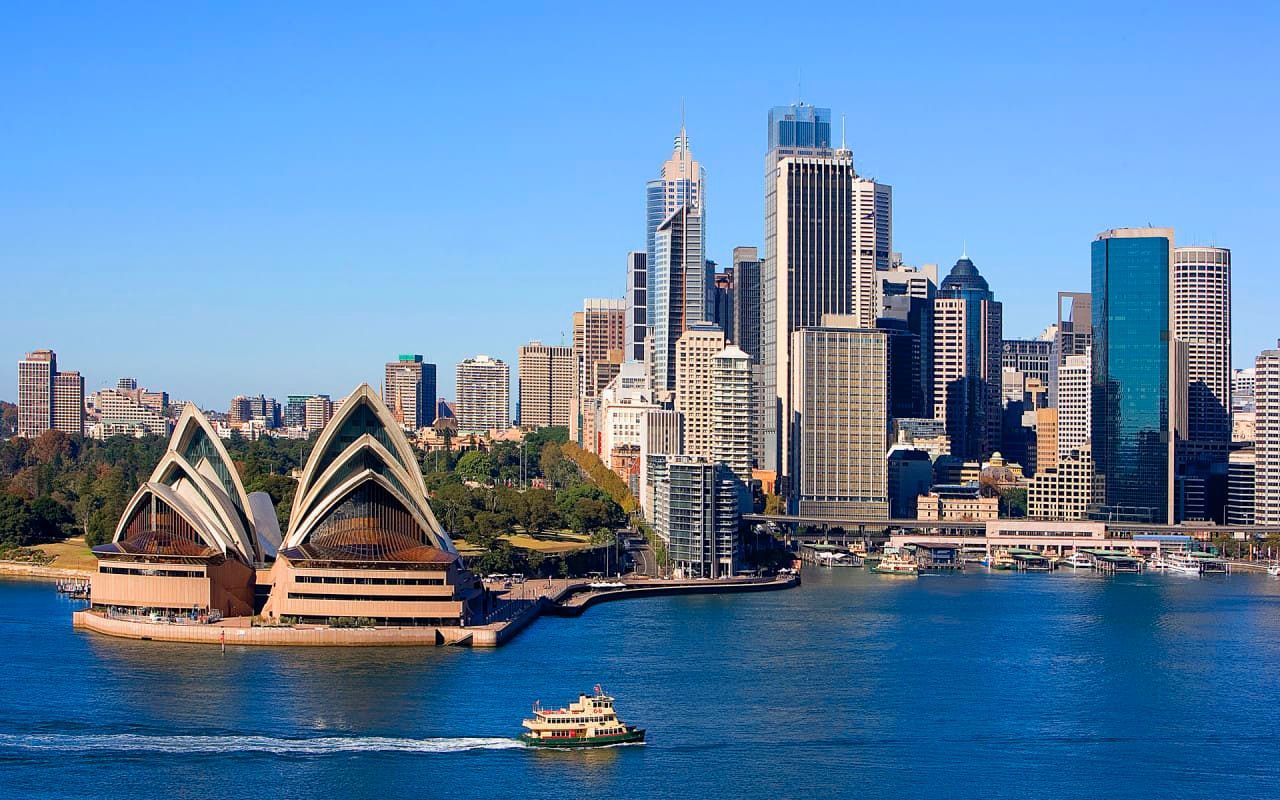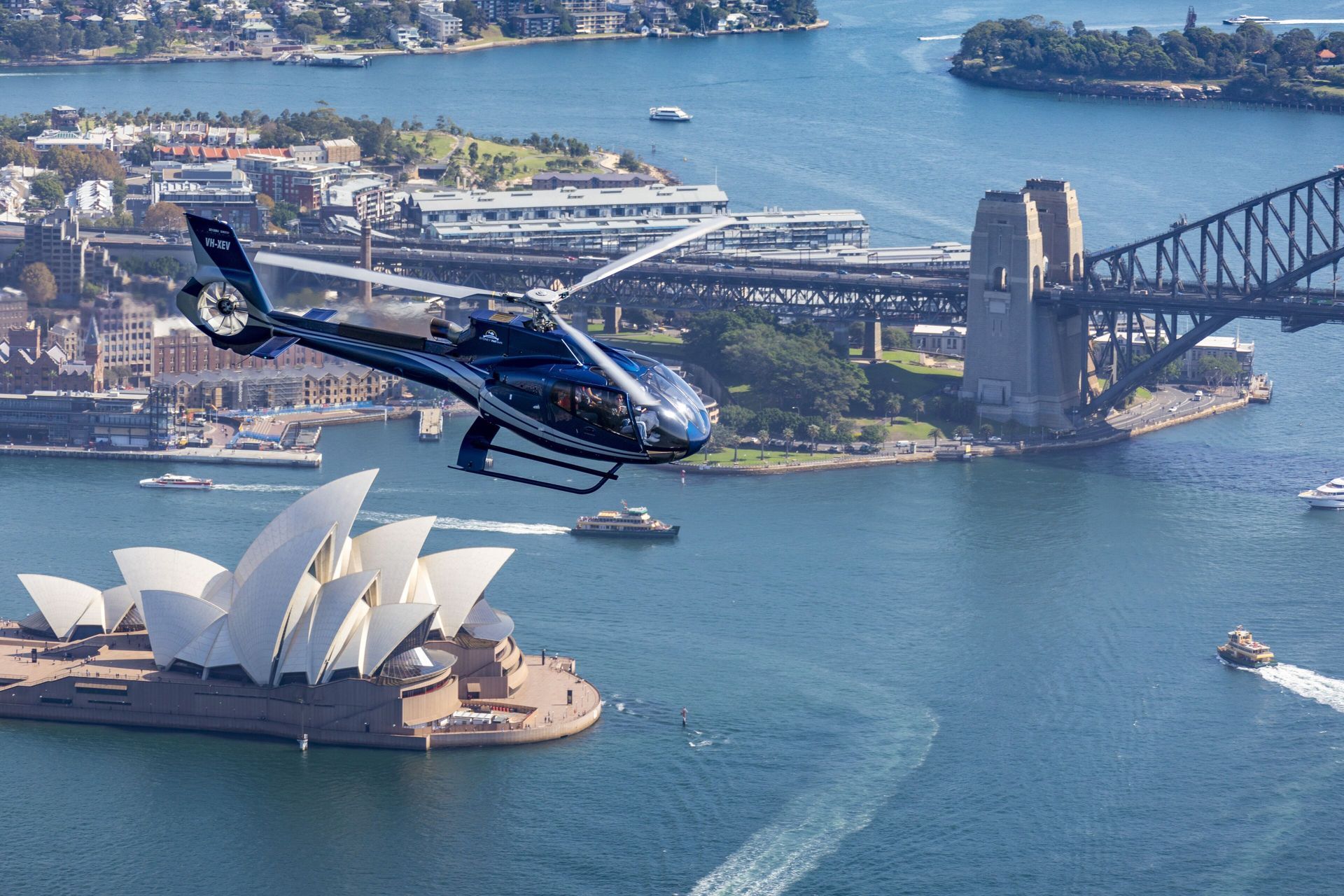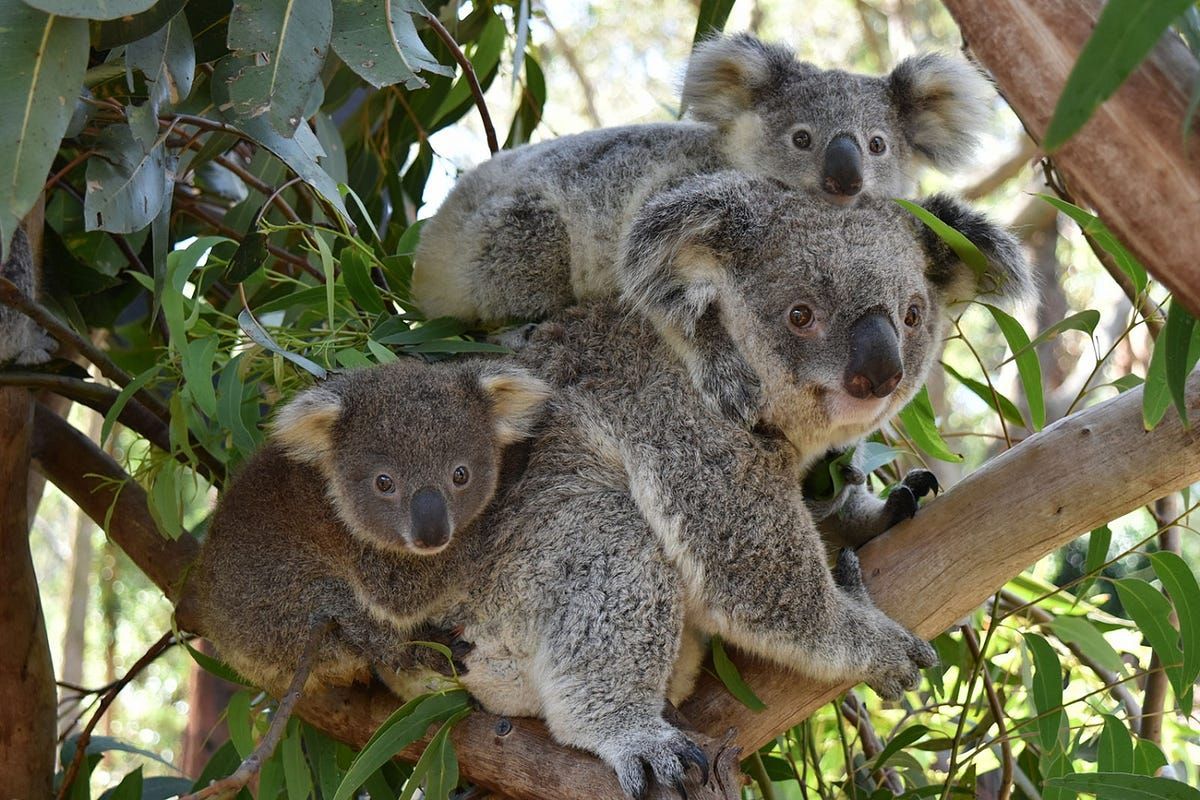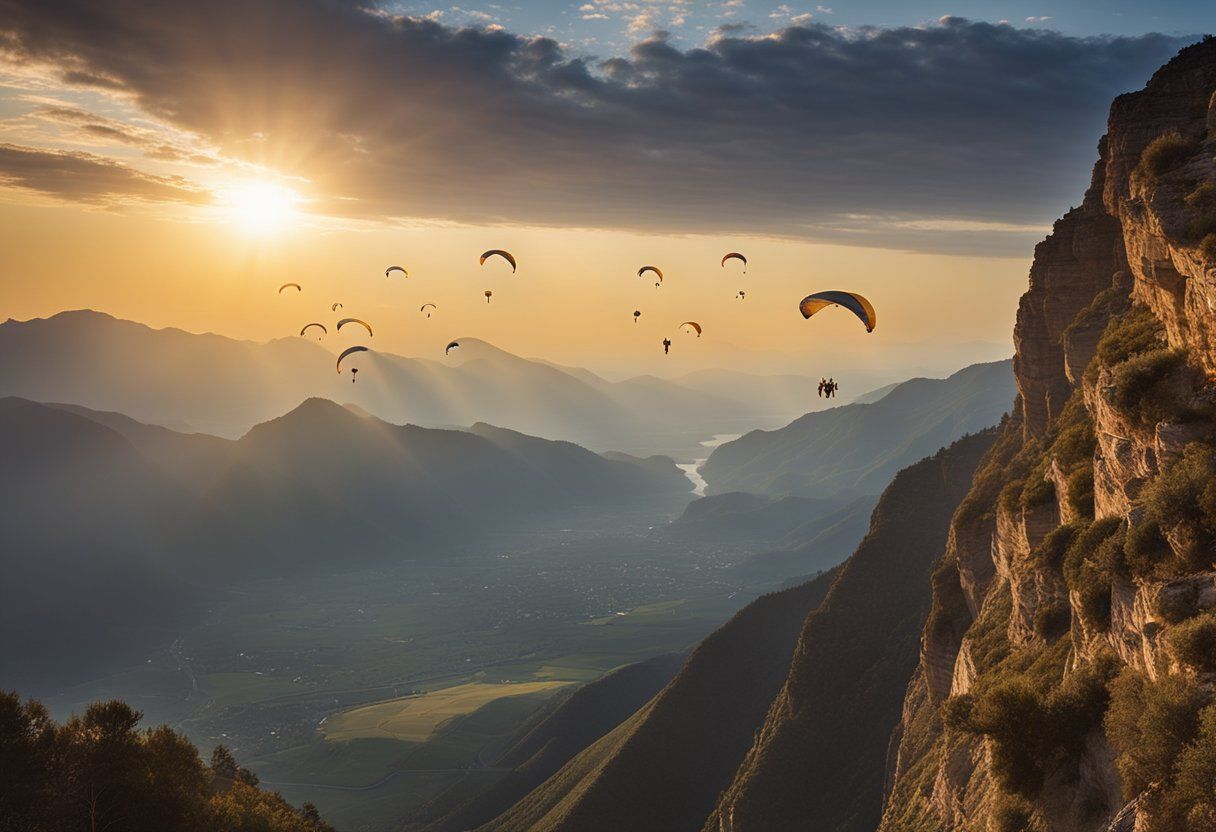To share
Discover the 5 most stunning beach camping spots in Australia. Our comprehensive guide reveals insider tips, top spots and essential gear for an unforgettable coastal adventure.
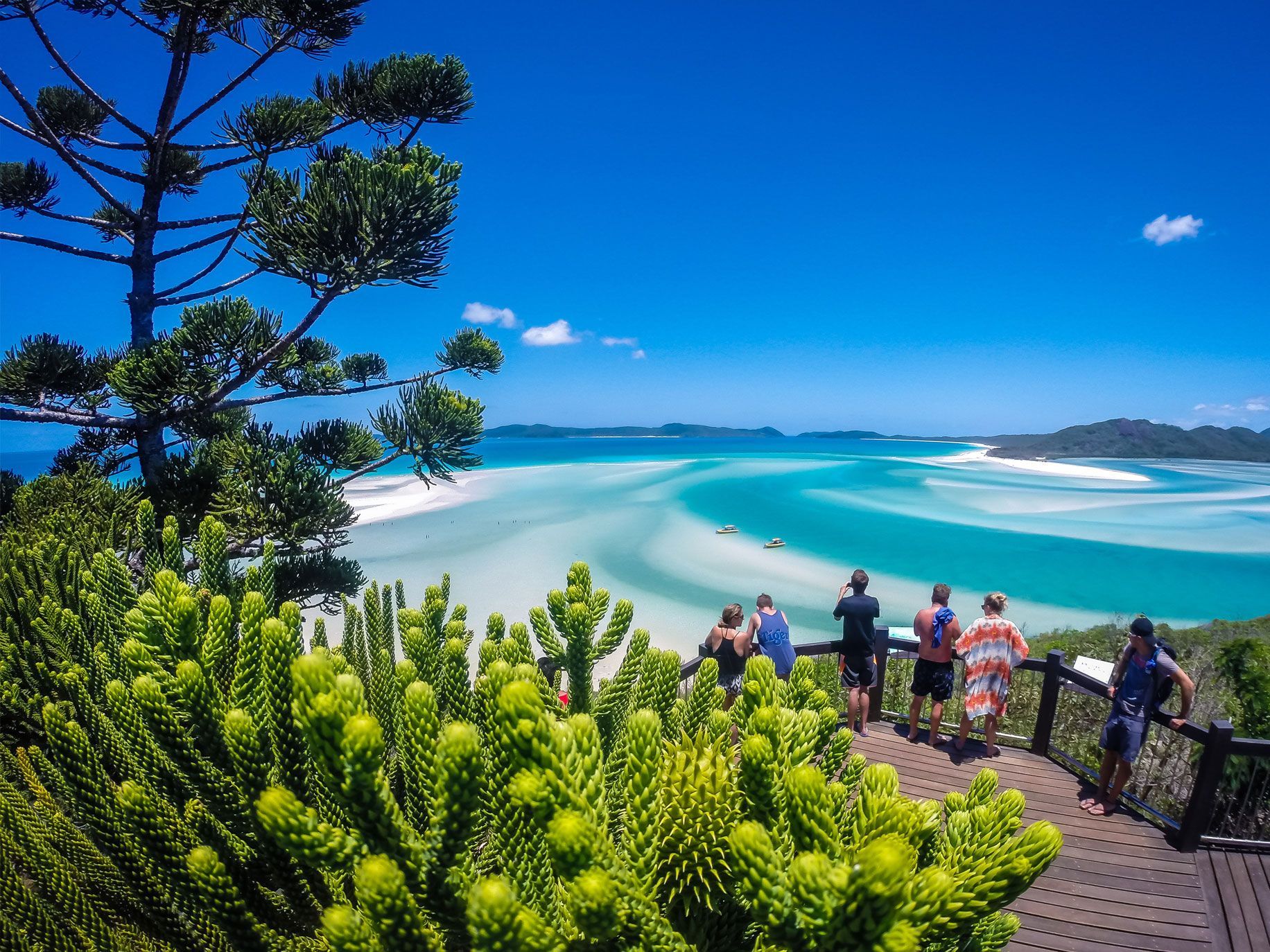
1. Whitehaven Beach, Whitsunday Islands
Location and accessibility
Whitehaven Beach is located on Whitsunday Island, the largest of the 74 islands in the Whitsundays group off the coast of Queensland, Australia. The beach is accessible by boat, seaplane, or helicopter from Airlie Beach or Hamilton Island. Most visitors opt for day trips, but camping allows for a more immersive experience.
Unique features of the beach
Whitehaven Beach is renowned for its pristine white silica sand, which stretches for seven kilometers along the shoreline. The sand here is 98% pure silica, giving it a brilliant white color and a fine, powdery texture. The beach's most iconic feature is Hill Inlet, a cove at the northern end where the shifting tides create a stunning swirling pattern of white sand and turquoise water.
Camping facilities and regulations
Camping at Whitehaven Beach is permitted in designated areas. The National Park camping area is located behind the beach in a shaded area. Facilities are basic, including composting toilets and picnic tables.
Campers must be self-sufficient, bringing their own drinking water, food, and camping equipment. Bookings are essential and can be made through the Queensland Parks and Wildlife Service. It's important to note that camping is limited to a maximum of seven nights, and visitors must adhere to leave-no-trace principles to preserve the beach's natural beauty.

2. Lucky Bay, Cape Le Grand National Park
Wildlife encounters
Lucky Bay, located in Western Australia's Cape Le Grand National Park, is famous for its resident kangaroos that often lounge on the beach. These friendly marsupials are generally accustomed to human presence, offering unique photo opportunities. However, it's crucial to remember they are wild animals and should be observed from a respectful distance. The bay is also a great spot for whale watching during migration season, typically from June to October.
Scenic hiking trails
The park offers several hiking trails that showcase the area's diverse landscapes. The Coastal Trail, an 8-kilometer return trip, connects Lucky Bay to Rossiter Bay, offering breathtaking views of the coastline and the Recherche Archipelago. For a more challenging hike, the Frenchman Peak trail provides panoramic views of the park and surrounding islands from its 262-meter summit. These trails allow visitors to experience the park's varied ecosystems, from coastal heathlands to granite outcrops.
Best times to visit
Lucky Bay can be visited year-round, but each season offers a different experience. Summer (December to February) is ideal for swimming and sunbathing, with temperatures averaging around 25°C. However, this is also the busiest period. Spring (September to November) brings wildflowers and mild temperatures, perfect for hiking. Autumn (March to May) offers stable weather and fewer crowds. Winter (June to August) can be cool and wet but is excellent for whale watching and experiencing the landscape in its lush, green state.
"Camping at these Australian beaches offers more than just a place to pitch a tent; it's an opportunity to immerse oneself in some of the world's most stunning coastal environments."
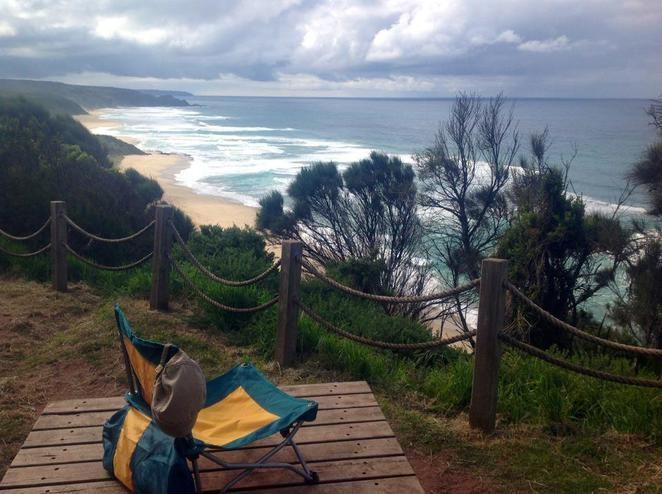
3. Johanna Beach, Great Ocean Road
Surfing opportunities
Johanna Beach, nestled along the iconic Great Ocean Road, is renowned for its exceptional surfing conditions. The beach offers consistent waves that cater to surfers of various skill levels. Advanced surfers can challenge themselves with the powerful swells, while beginners can find more manageable waves closer to shore. The beach's exposed location means it receives swells from multiple directions, providing year-round surfing opportunities.
"Johanna Beach is a surfer's paradise, offering some of the most consistent waves along the Great Ocean Road."
Nearby attractions
Beyond its surfing appeal, Johanna Beach is surrounded by a wealth of attractions:
- Great Otway National Park: Explore lush rainforests, waterfalls, and diverse wildlife.
- Twelve Apostles: Visit this iconic landmark, just a short drive away.
- Cape Otway Lightstation: Australia's oldest surviving lighthouse, offering stunning coastal views.
- Otway Fly Treetop Adventures: Experience the rainforest canopy from a unique perspective.
These nearby attractions make Johanna Beach an ideal base for exploring the Great Ocean Road region.
Camping amenities
The Johanna Beach campground provides a range of amenities to enhance your stay:
- Spacious, unpowered campsites suitable for tents, campervans, and caravans
- Clean toilet facilities
- Picnic tables and fire pits (subject to fire restrictions)
- Drinking water available on-site
- Stunning ocean views from most campsites
Booking is essential, especially during peak seasons, to secure your spot at this popular camping destination.
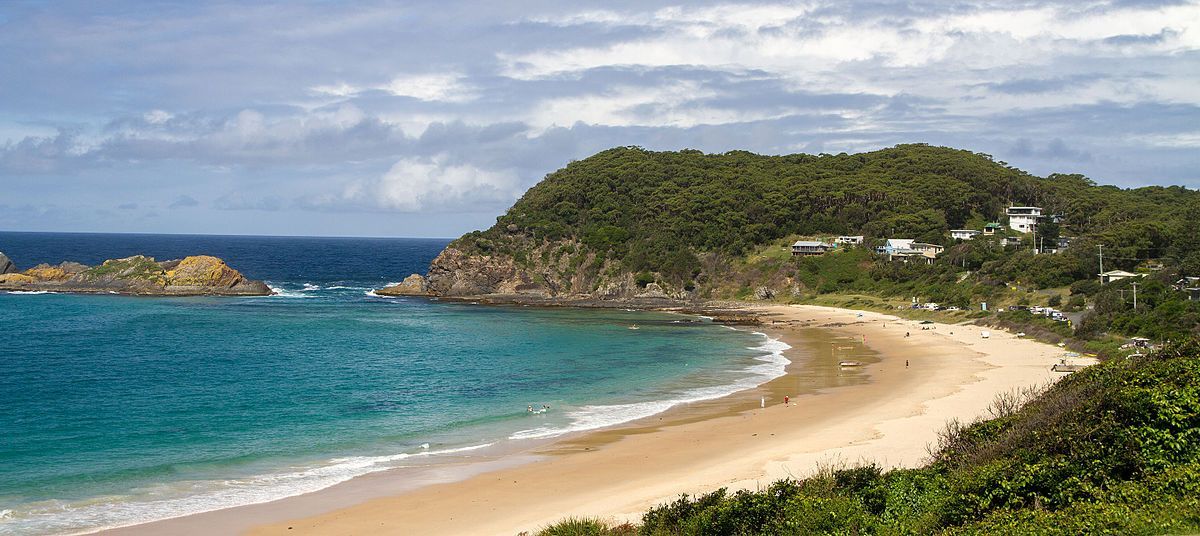
4. Seal Rocks, New South Wales
Fishing and water activities
Seal Rocks, located on the mid-north coast of New South Wales, is a haven for fishing enthusiasts and water lovers.The area offers:
- Excellent beach and rock fishing opportunities
- Kayaking and stand-up paddleboarding in the calm waters of Boat Beach
- Snorkeling and diving around the rocky outcrops
- Whale watching during migration seasons (May to November)
The pristine waters and abundant marine life make Seal Rocks a perfect destination for those seeking aquatic adventures.
Historical lighthouse
Sugarloaf Point Lighthouse, perched atop a headland at Seal Rocks, is a significant historical landmark:
- Built in 1875, it continues to operate as an important navigational aid
- Offers guided tours that provide insights into the lighthouse's history and operation
- Provides panoramic views of the coastline and surrounding waters
- Serves as an excellent vantage point for whale watching during migration seasons
Visitors can explore the lighthouse grounds and learn about its crucial role in maritime safety along the New South Wales coast.
Camping options and reservations
Seal Rocks offers various camping options to suit different preferences:
- Treachery Camp: A secluded eco-retreat with powered and unpowered sites
- Yagon Campground: Located in Myall Lakes National Park, offering basic facilities in a natural setting
- North Coast Holiday Parks Seal Rocks: A well-equipped holiday park with a range of accommodation options
To ensure a smooth camping experience:
- Make reservations well in advance, especially for peak seasons and holidays
- Check the specific amenities provided at each campground
- Be prepared for limited mobile reception in some areas
- Respect the natural environment and follow park guidelines
Booking your camping spot at Seal Rocks allows you to immerse yourself in the beauty of this coastal paradise while enjoying a range of outdoor activities.
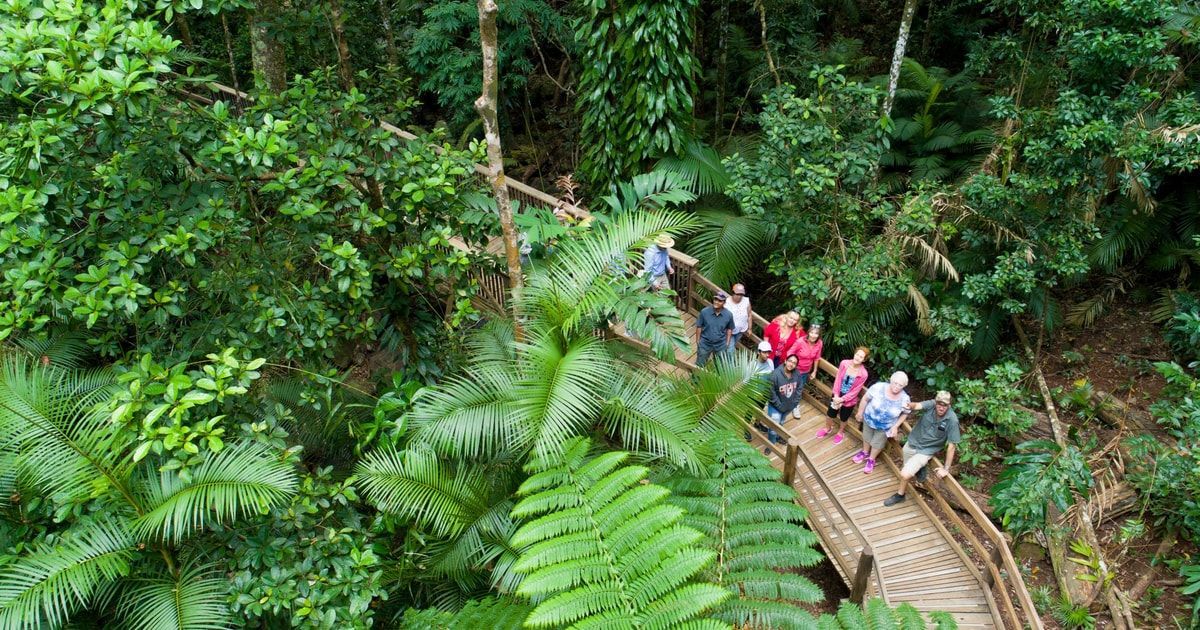
5. Cape Tribulation, Daintree National Park
Rainforest meets reef experience
Cape Tribulation offers a unique camping experience where the ancient Daintree Rainforest meets the Great Barrier Reef. This UNESCO World Heritage-listed area provides campers with the opportunity to explore two diverse ecosystems in one location. The beach camping sites here offer stunning views of the coral sea, while the lush rainforest provides a verdant backdrop.
Visitors can enjoy activities such as snorkeling in the fringing reef, kayaking along the coastline, or taking guided walks through the rainforest. The contrast between the dense, green foliage and the azure waters creates a picturesque setting that's truly one-of-a-kind.
Local flora and fauna
Cape Tribulation boasts an incredible array of plant and animal species, many of which are found nowhere else on Earth. The area is home to ancient ferns, towering rainforest trees, and unique fruits like the cassowary plum.
Wildlife enthusiasts can spot animals such as the endangered cassowary, tree-kangaroos, and various species of possums and bats. Marine life is equally diverse, with sea turtles, dugongs, and colorful reef fish inhabiting the nearby waters.
Campers should be aware of safety precautions, particularly regarding marine stingers and crocodiles in certain seasons. Always follow local guidelines and warning signs for a safe experience.
Eco-friendly camping practices
Cape Tribulation places a strong emphasis on sustainable tourism and conservation. Campers are encouraged to follow eco-friendly practices to minimize their impact on this sensitive environment:
- Use designated camping areas and follow park regulations
- Practice "Leave No Trace" principles by properly disposing of waste and using biodegradable products
- Avoid disturbing wildlife or removing any natural materials from the park
- Use water sparingly and avoid polluting water sources
- Stick to marked trails to prevent damage to vegetation
Many campsites in the area provide facilities that support these practices, such as composting toilets and recycling stations.
Summary: Australia's Beach Camping Paradise
Australia's coastline offers an abundance of spectacular beach camping destinations, each with its own unique charm and natural wonders. From the rugged beauty of Tasmania's Bay of Fires to the tropical paradise of Cape Tribulation, these camping spots provide unforgettable experiences for nature lovers and adventure seekers alike.
Beach camping in Australia allows visitors to immerse themselves in pristine environments, observe diverse wildlife, and enjoy a range of outdoor activities. However, it's crucial to approach these experiences with respect for the natural surroundings and a commitment to responsible tourism.
By choosing to camp at these incredible locations, travelers can create lasting memories while contributing to the preservation of Australia's coastal ecosystems for future generations to enjoy.
Frequently Asked Questions
What permits are required for beach camping in Australia?
Permit requirements for beach camping in Australia vary depending on the location and jurisdiction. In general:
- National Parks: Most national parks require camping permits, which can often be booked online through the relevant state or territory's national park website.
- Crown Land: Some beaches on Crown Land may require permits from local councils or state government agencies.
- Private Property: Permission from the landowner is necessary for camping on private beaches.
It's essential to research and obtain the necessary permits before your trip to avoid fines and ensure a smooth camping experience.
How to practice responsible camping in these sensitive environments?
Responsible camping in sensitive coastal environments involves:
- Adhering to "Leave No Trace" principles
- Using designated campsites and facilities
- Properly disposing of waste and using biodegradable products
- Respecting wildlife and maintaining a safe distance
- Following fire restrictions and using established fire pits when allowed
- Conserving water and avoiding the use of harmful chemicals
- Staying on marked trails and roads to prevent erosion and habitat damage
By following these guidelines, campers can help preserve these beautiful environments for future visitors.
What essential items should I pack for beach camping in Australia?
When packing for a beach camping trip in Australia, consider including:
- Sun protection: Sunscreen, hat, sunglasses, and protective clothing
- Insect repellent
- First aid kit
- Plenty of water and food supplies
- Appropriate camping gear: Tent, sleeping bags, cooking equipment
- Weather-appropriate clothing, including warm layers for cool nights
- Navigation tools: Maps, compass, or GPS device
- Flashlight or headlamp
- Multi-tool or knife
- Biodegradable soap and toiletries
- Rubbish bags for waste disposal
Remember to check specific requirements for your chosen camping location, as some areas may have additional recommendations or restrictions.

